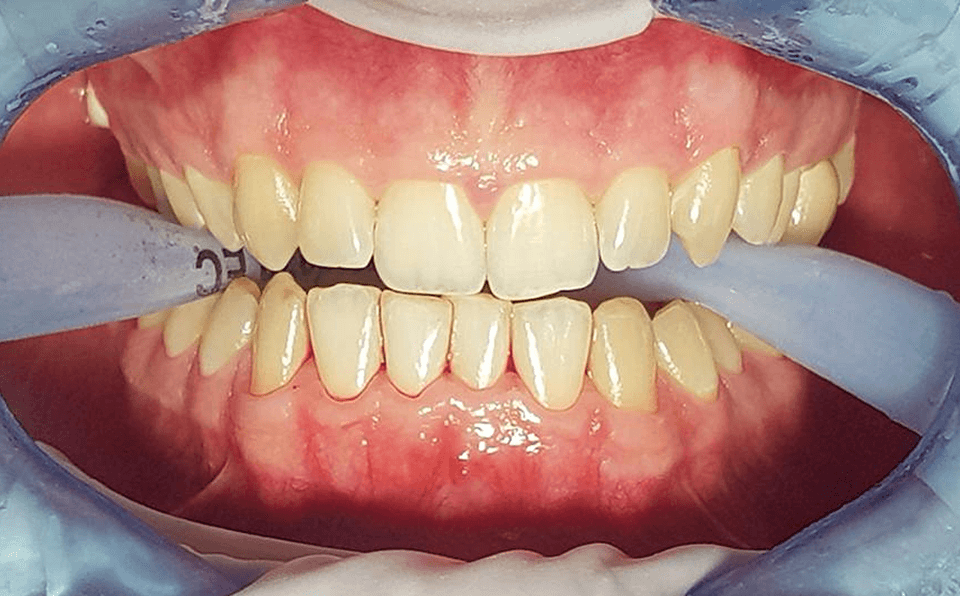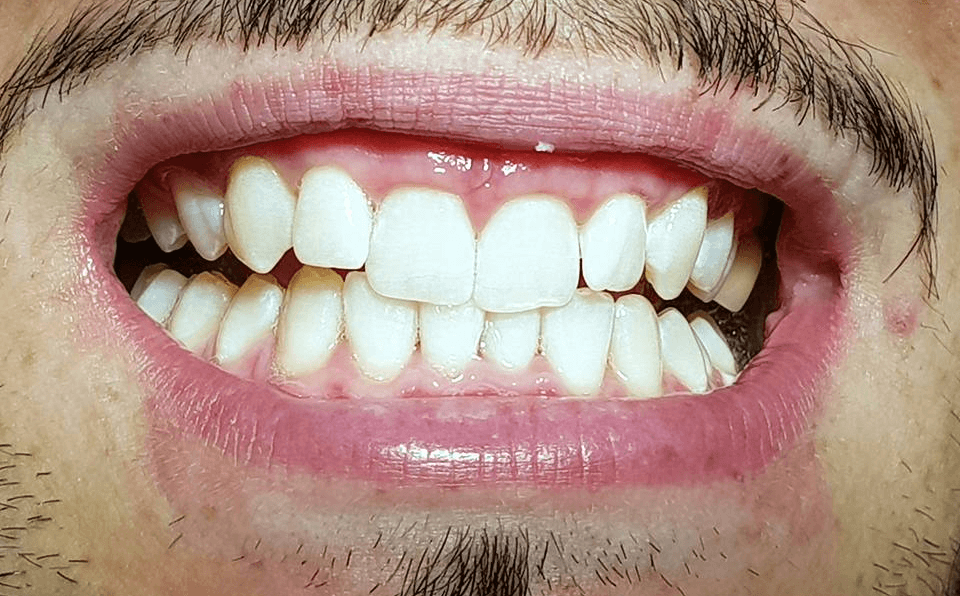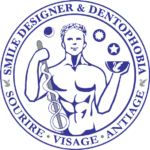Do you WANT to beautify your SMILE?
rediscover the power of your smile
thanks to the latest innovations
in SMILE aesthetics
YOUR TEETH WHITENING FOR A BRIGHT SMILE




"THE MOST BEAUTIFUL SMILE IS THE ONE THAT HAS FOUGHT AGAINST TEARS "
DEMI LOVATO
HOW TO GET RID OF THE "YELLOW TEETH" COMPLEX:
DARE TO SMILE AGAIN AFTER A WHITENING OF YOUR SMILE TEETH
Cosmetic dentistry encompasses a variety of treatments, including teeth whitening. Teeth whitening allows you to lighten the shade of your teeth to restore the aesthetics of your smile. This treatment is performed in one to two hours at a health professional’s office, or at home in one to two weeks on an outpatient basis.
The dentist can recommend several teeth whitening techniques. They are proposed following a smile assessment.
HOW DOES SMILE TEETH WHITEN YOU GET TO THE DENTAL OFFICE?
the SMILE BRIEFING BEFORE THE BLANCHING
Tooth whitening begins with an oral assessment. The latter is essential to obtain convincing results. The assessment is carried out by checking for possible contraindications to the protocol: caries, gingivitis, periodontitis. Smile analysis is an integral part of the assessment. Thus, it is important to note that tooth discoloration has multiple and varied factors: heredity, the taking of specific medications during the formation of teeth such as antibiotics of the tetracycline family, excessive consumption of coffee and tea or smoking.
one session is enough
In-office teeth whitening is a one-shot technique. One session is enough for an optimal result because the products used contain a high concentration of whitening active ingredients. Generally, a session lasts two hours. If the staining of the teeth is too pronounced, it is necessary to schedule a second session one month later, the results will be even more convincing.
The protocol of dental bleaching in the office
The session begins with the protection of the gum. This is done with a photo-polymerized foam dressing. Once the gums are perfectly isolated, a bleaching gel containing hydrogen peroxide is applied to the teeth.
After the application of the gel, either a beam of light activates the product by photo-activation, or a catalyst contained in the gel performs the same function by chemo-activation. This operation must be repeated every fifteen minutes.
In-office teeth whitening is very beneficial. Indeed, the lightening is fast, and the technique is safe for the dental enamel.
Old ceramic dental crowns cannot be bleached. If their coloring is dark, it is necessary to install new ones.
Extend the whitening process at home
The protocol can be combined with a mouthpiece to be worn at home. The mouthpiece is made by taking impressions of the patient’s teeth. The extension of the lightening is thus optimized.
How to wear a mouthpiece at home for teeth whitening?
In order to prolong the whitening of the teeth at home, the The dentist makes an impression of the patient’s teeth in his office. This impression allows him to design a custom-made gutter. The patient must then apply a whitening gel to the teeth and wear the tray for one hour a day for one to two weeks. The duration of the treatment varies according to the advice of the dental surgeon.
YOU ARE UNIQUE!
CLINICAL CASES OF DENTAL BLEACHING
THE EXPECTED RESULTS OF BLEACHING
WE ANSWER YOUR QUESTIONS
ON TOOTH WHITENING
The dentist answers your most frequently asked questions. If your question is not listed, please contact him for a video consultation and an accurate answer.
When performed by a dental doctor, bleaching is safe. Indeed, the main risk of the treatment is the possible contact between the oxidizing product and the gum. In the dental office, the gum is well protected: we eliminate any risk of contact.
The other advantage of having your teeth whitened in the office is that it allows you to determine if any dental work is required before whitening, which completely eliminates any potential problems that the treatment may cause.
No, because the products used have different concentrations, application times and operating procedures. When it comes to technique, there is no substitute for the experience of a healthcare professional.
The dental surgeon chooses the most suitable and effective products to perform the tooth whitening.
Once depigmented, teeth stay depigmented for good. However, it is possible for teeth to become discolored again because of the tannins found in coffee, tea, wine or tobacco.
It is also possible that the teeth lose their brightness with age. In this case, it is worthwhile to perform a quick maintenance treatment to prolong the effect of the tooth whitening.
Bleaching patients are generally between 20 and 60 years old. The coloring of their smile is experienced as a handicap, both personally and professionally. They are eager to find a brighter smile.
After a whitening session, tooth sensitivity may be increased. It can be caused by post-treatment dehydration. This disappears naturally after a few hours. However, it can persist for several days after treatment.
To counteract this undesirable effect, you should use a toothpaste enriched with fluoride and potassium nitrate. The pain also disappears with an Advil 200 caps.
The overall dehydration of the mouth during treatment can make the gums more sensitive. This sensitivity dissipates after a maximum of 48 hours.
Smoking is prohibited for one week. Foods that are very colorful or contain tannin are contraindicated for several days: tea, coffee, wine, red or acidic fruits.
There are alternatives to in-office bleaching. These products are sold in pharmacies, parapharmacy or supermarkets. While they are more affordable, they are less effective than teeth whitening at a dentist’s office.
These products contain low concentrations of hydrogen peroxide, so the lightening is less noticeable.
In addition, the lack of control before bleaching can put patients at risk.
Several foods should be avoided during the week following teeth whitening, including:
- Tea, coffee, red wine, fruit juices, syrups and sodas with dyes;
- Red fruits and vegetables (strawberries, blueberries, beets, tomatoes, etc.);
- Citrus fruits (lemon, grapefruit, orange, etc.) ;
- Caramel, licorice, colored candy;
- Some spices like paprika or turmeric…
Smoking is also prohibited during the week.
Good oral hygiene is essential: you must brush your teeth after each meal. Drinking water when eating foods with high staining power also prevents dental stains.



